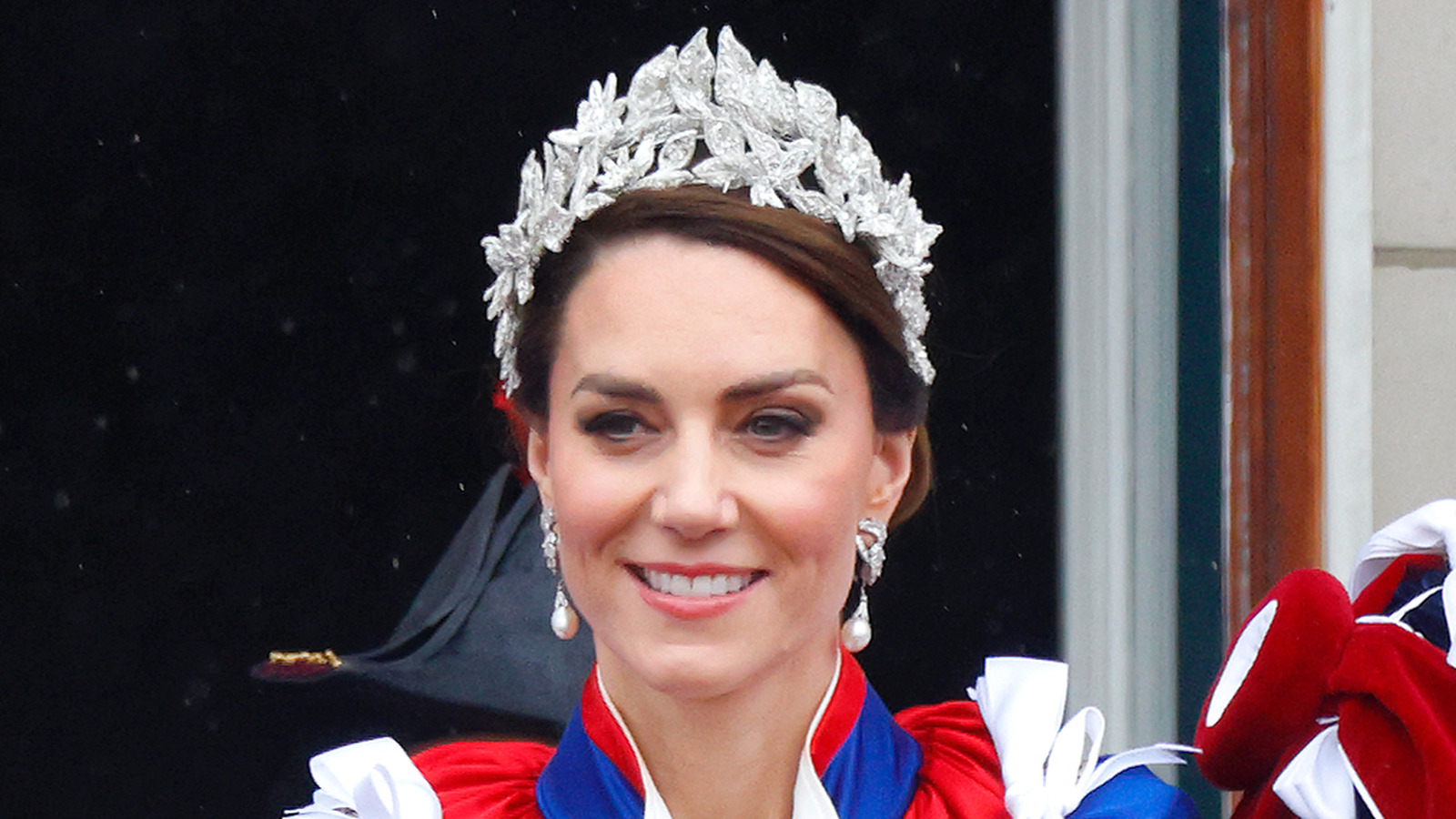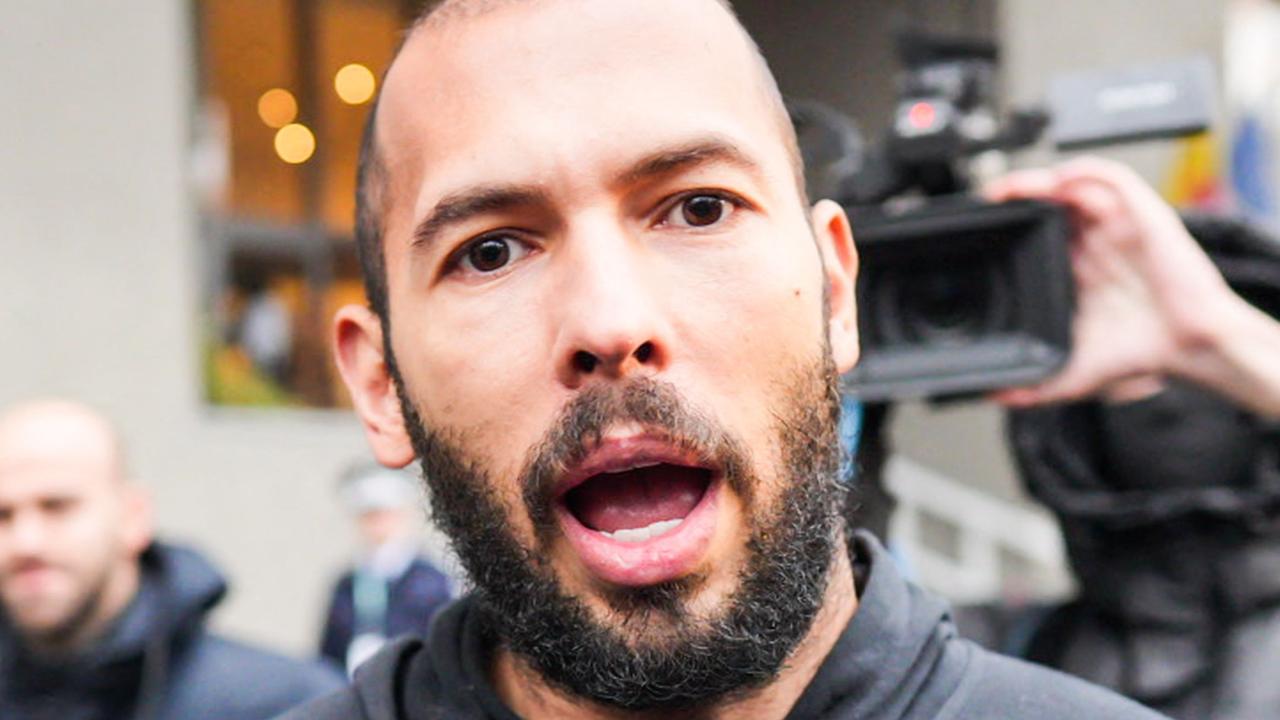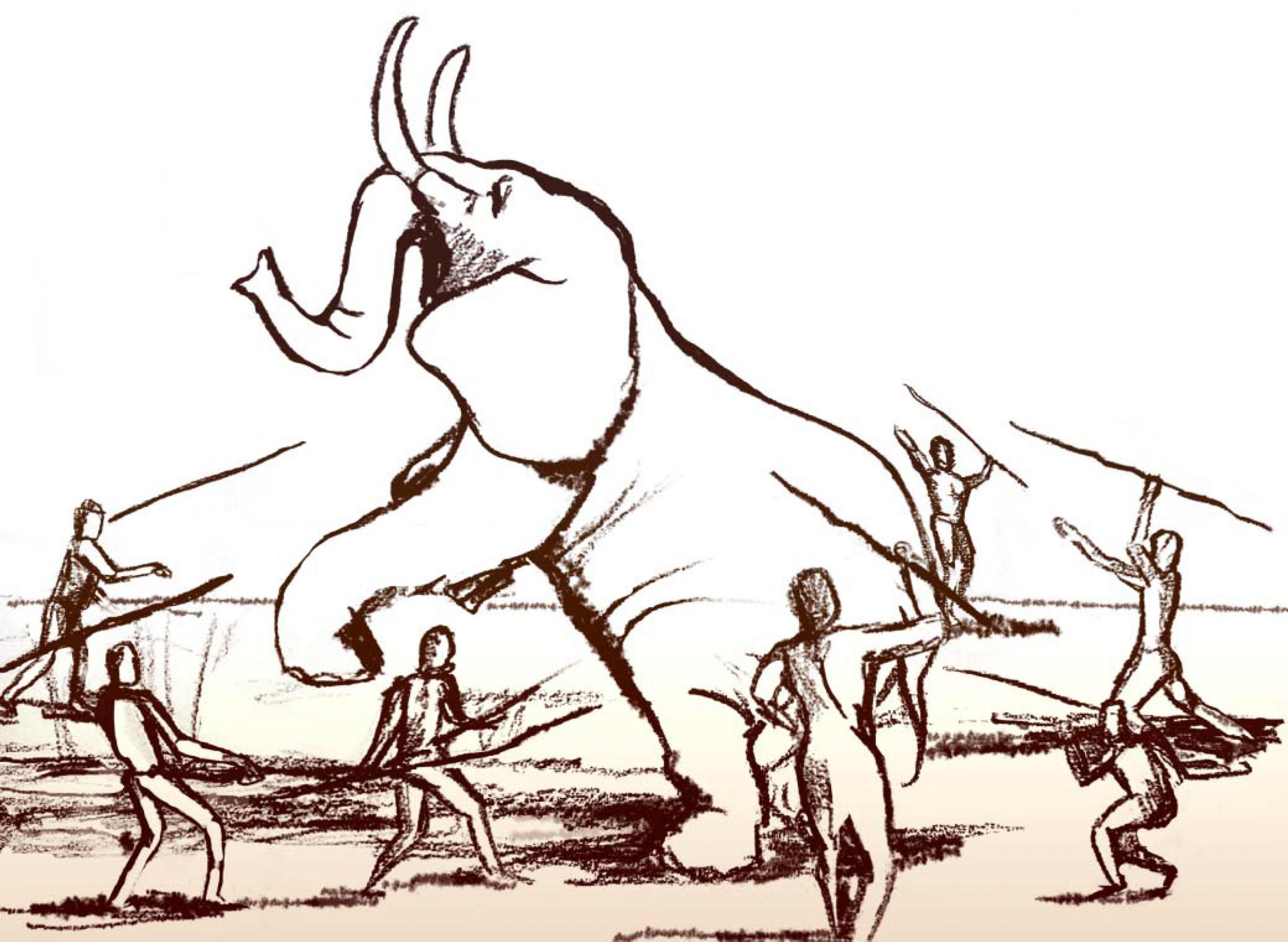
Will Kate Middleton Become Queen Or Queen Consort When Prince William Is King? – The List
Royal titles can be complicated. In the British monarchy, a “queen regnant” is a female head of state who inherited the throne, like the late Queen Elizabeth II, who, as the oldest child of King George VI, became queen upon her father’s death. In contrast, “queen consort,” is the female spouse of a king — a woman who received her title by marrying into the family. As such, a queen consort doesn’t have as much royal clout as a queen regnant.
Reigning kings and queens have constitutional responsibilities, like overseeing the official opening of parliament. Meanwhile, consorts are key supporting players. According to the royal family’s website, a consort’s role is “to provide companionship and moral and practical support to the Monarch. The consort does not hold a formal position in the structure of government.”
When William, Prince of Wales, inherits King Charles’ crown in the future, Catherine, Princess of Wales, will become queen consort since she married into the royal family in 2011. Over this time, the world has watched her take on increasing royal duties and spend more time in the spotlight as she prepares for her upcoming role. “She is an adoring mother, and she is contributing publicly in the way we would want her to,” a source close to the royal household informed People in 2019. “You see it more and more. The young student has turned into our future Queen.”
Technically queen consort, Kate will likely be known as Queen Catherine
 Karwai Tang/Getty Images
Karwai Tang/Getty Images
Like Queen Camilla, who had the consort part of her title axed after the coronation, it’s likely that Catherine, Princess of Wales will simply be called Queen Catherine when William, Prince of Wales becomes king. “‘Consort’ is a description, not a title,” asserts Rose Wild, archive editor for The Times. Marlene Koenig, a librarian and royal historian, agrees. She informed NPR that for queen consorts Alexandra, Mary, and Elizabeth (wife of George VI), “consort” was only used for specific documents. However, even when consort wasn’t used, it was implied by the lack of a Roman numeral after their names. For example, as Britain’s longest reigning monarch, Queen Elizabeth II has a Roman numeral while her mother, Queen Elizabeth, did not. In addition, once Elizabeth was widowed and her daughter ascended to the throne, her title changed to Queen Mother.
Like her predecessors, a shorter title won’t entitle Kate to more authority. “Unless provided for by Parliament, through legislation, there is no scope whatsoever for a queen consort to assume regnal power,” constitutional expert Iain MacMarthanne explained to Express. Even if Prince George would inherit the throne before he’s an adult, Kate wouldn’t act as her son’s regent. According to the 1937 Regency Act, the regent would be the next adult in the line of succession, which would be Prince Harry. However, the law could be amended, like in 1953, when consort Prince Philip would have been regent for an under-18 King Charles.
There’s no such thing as a king consort
 Oli Scarff/Getty Images
Oli Scarff/Getty Images
Unlike with queens, there’s no need to make any distinctions when referring to a king in the British monarchy. Kings are never consorts, as they have all inherited their roles. “Prince Philip and male spouses of reigning queens are called ‘prince consort’ because nobody wants to create any confusion of who is in the seat of power,” Marlene Koenig, librarian and royal historian, explained to NPR. This practice, according to Koenig, comes out of a tradition where kings “generally take precedence over queens.”
In order to combat that bias, Dr. Cindy McCreery, a royal family historian, told ABC News Australia that the title prince consort was a clear way to “bolster the authority of the woman” who was the reigning monarch. “It’s really important that her husband is not confused in people’s minds as somehow a king,” McCreery noted. To that end, prince consorts differ from queen consorts in that they don’t get crowned at their spouses’ coronation, which is why Queen Elizabeth II’s husband, Prince Philip, never wore a crown.
Although Prince Philip was the longest-serving prince consort In the history of the British monarchy, he was only one of five men to serve in this role. In one unusual instance, the U.K. did have a king and queen who reigned together. Mary II became queen after her father abdicated, and, for the sake of political stability, her husband, William III, became king through his own royal relatives.
















![Rapid-Fire Solar Flares Unleashed: NASA Witnesses 82 Intense Flares This Week [Video] Rapid-Fire Solar Flares Unleashed: NASA Witnesses 82 Intense Flares This Week [Video]](https://i0.wp.com/scitechdaily.com/images/Coronal-Mass-Ejection-Art-scaled.jpg?fit=300%2C300&ssl=1)

































